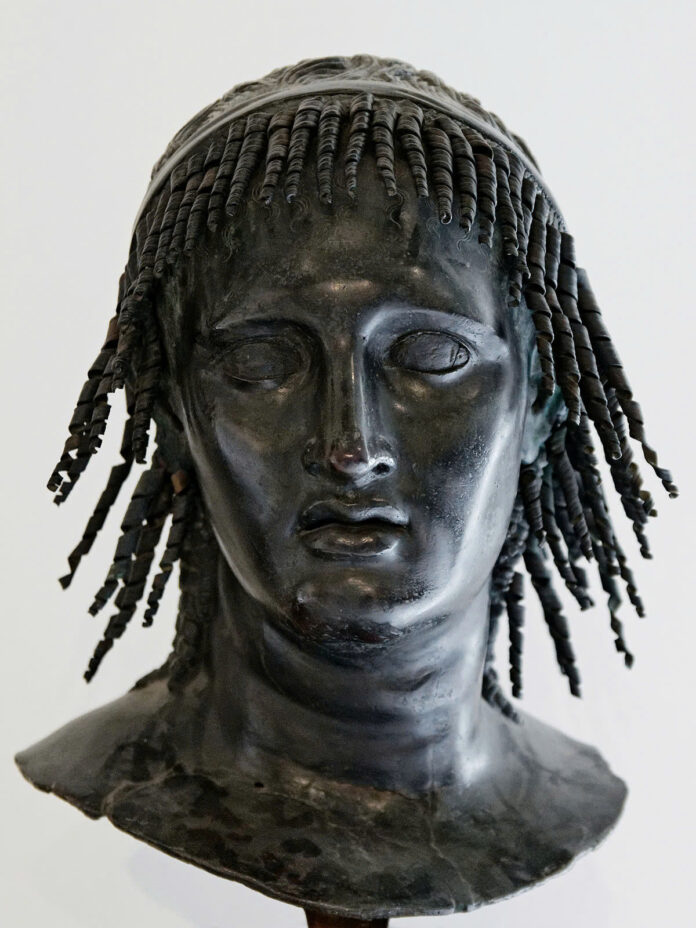A Historical Discovery in Herculaneum
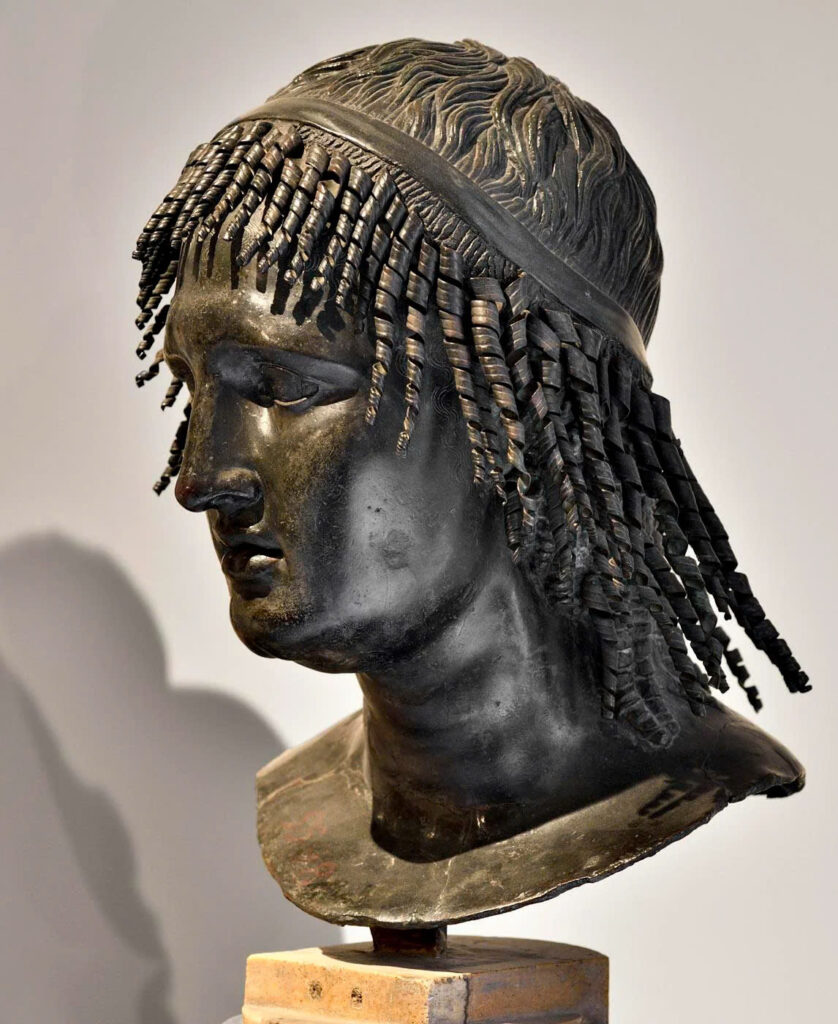
In the famed Villa dei Papiri of Herculaneum, archaeologists made a remarkable discovery – a bronze bust dating back to the 1st century BC. This wasn’t just any artifact; it was the likeness of Ptolemy Apion, the last ruler of Cyrenaica and a fascinating figure who bridged the gap between Hellenistic and Roman rule.
The Man Behind the Bronze
A Brief but Impactful Reign
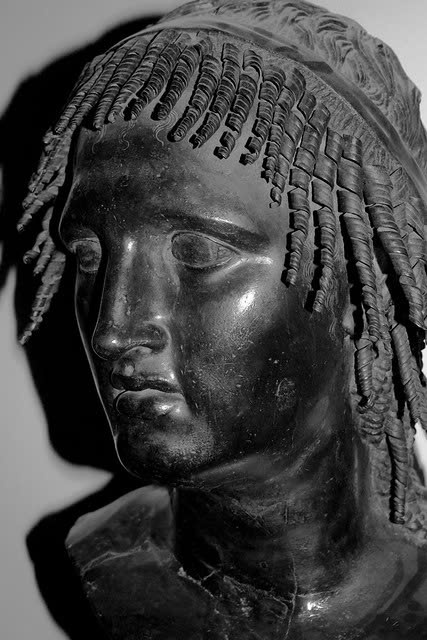
Born to Ptolemy VIII and a concubine, Ptolemy Apion’s story is one of unexpected significance. As a member of the powerful Ptolemaic dynasty that had ruled Egypt since 305 BC, his destiny seemed predetermined. However, his most memorable act came not through conquest or building, but through an unprecedented decision – in 96 BC, lacking any heirs, he bequeathed his entire kingdom to the Roman Republic.
A Strategic Legacy
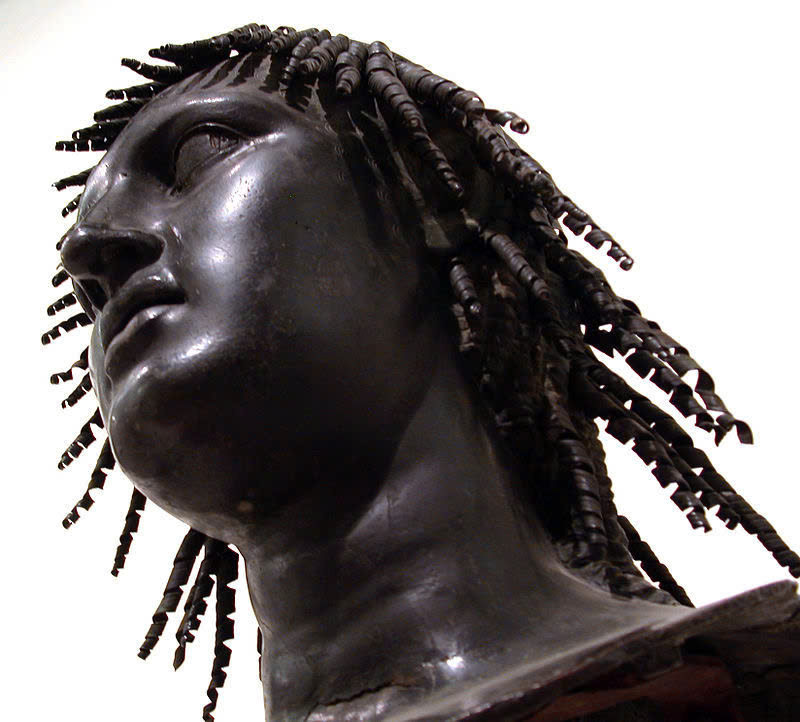
This decision wasn’t merely personal – it reflected the shifting political landscape of the Mediterranean world. As Rome’s influence grew, many Hellenistic rulers faced similar challenges of instability and succession. Apion’s choice to hand his kingdom to Rome marked the end of Ptolemaic rule in Cyrenaica and symbolized the broader transition from Hellenistic independence to Roman dominion.
The Ptolemaic Dynasty: A Cultural Bridge
From Alexander’s General to Egyptian Pharaohs
The story of the Ptolemaic dynasty began with Ptolemy I Soter, one of Alexander the Great’s generals, who established the dynasty in 305 BC. For nearly three centuries, the Ptolemies created a unique fusion of Greek and Egyptian cultures, positioning themselves as both Greek monarchs and Egyptian pharaohs.
Alexandria: A Center of Learning

Under Ptolemaic rule, Alexandria became the intellectual capital of the ancient world. The Great Library of Alexandria and the Pharos Lighthouse stood as testaments to their commitment to knowledge and architectural innovation. Their patronage of arts, sciences, and culture created a legacy that would influence the Mediterranean world for centuries to come.
Video
The Twilight of an Era
The dynasty’s decline culminated with Cleopatra VII, whose dramatic reign and alliances with Julius Caesar and Mark Antony ended in 30 BC with her defeat by Octavian. The bronze bust of Ptolemy Apion, now housed in Naples’ National Archaeological Museum, serves as a poignant reminder of this transitional period.
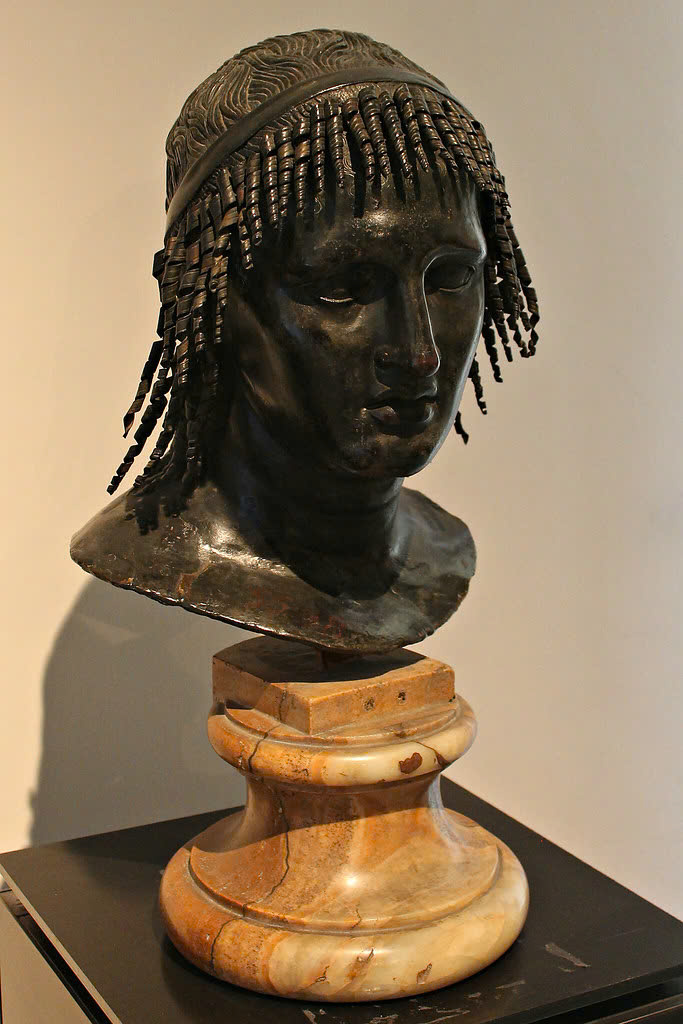
The exquisite craftsmanship of the bust reflects not just the artistic excellence of the era, but also the complex cultural synthesis the Ptolemies represented. It stands as a silent witness to a pivotal moment in history – when the last fragments of the Hellenistic world were absorbed into the rising Roman Empire, forever changing the course of Mediterranean civilization.
This artifact remains more than just a beautiful piece of ancient art – it’s a window into a crucial moment of historical transformation, when one great era gave way to another, and the face of the Mediterranean world changed forever.
